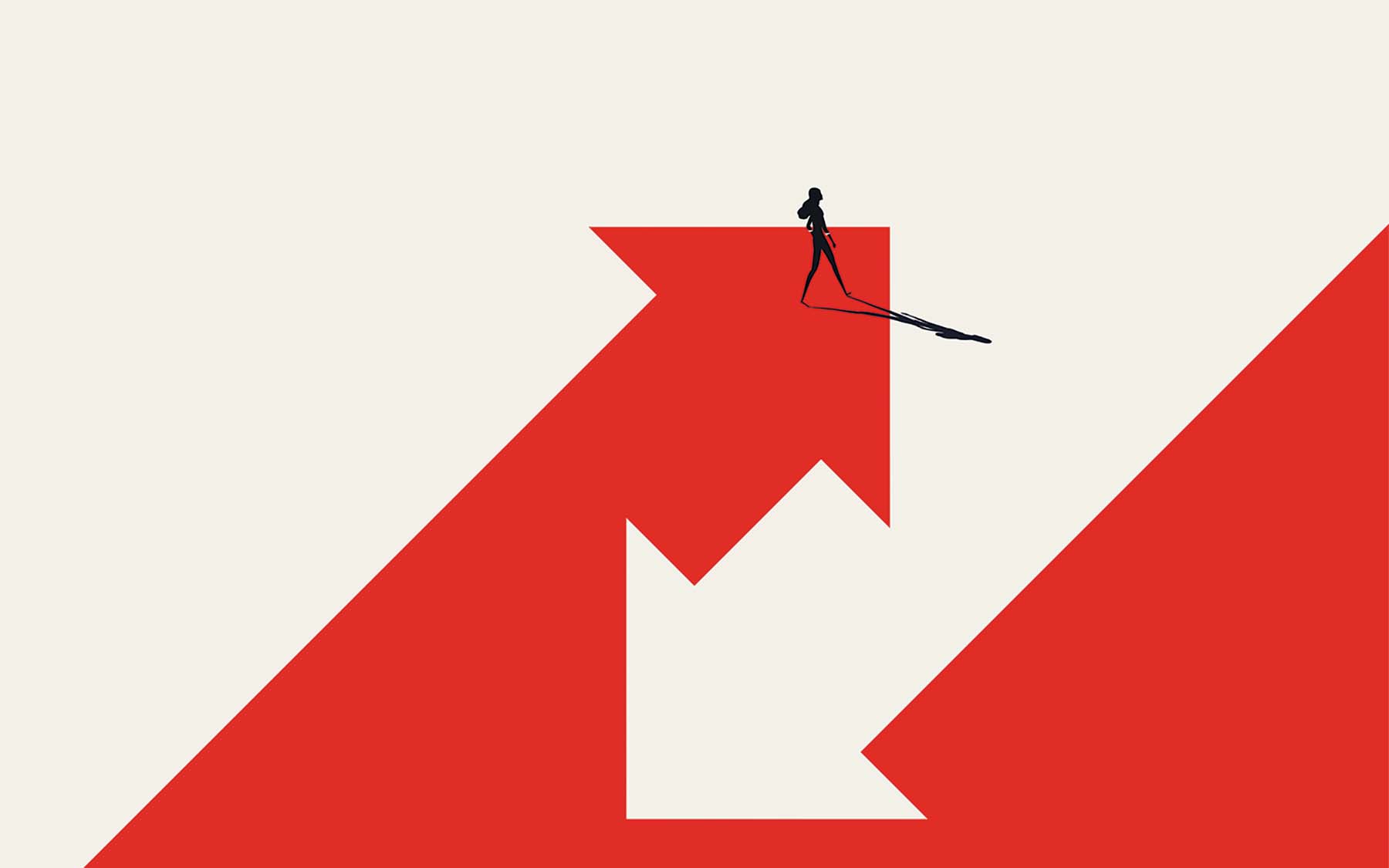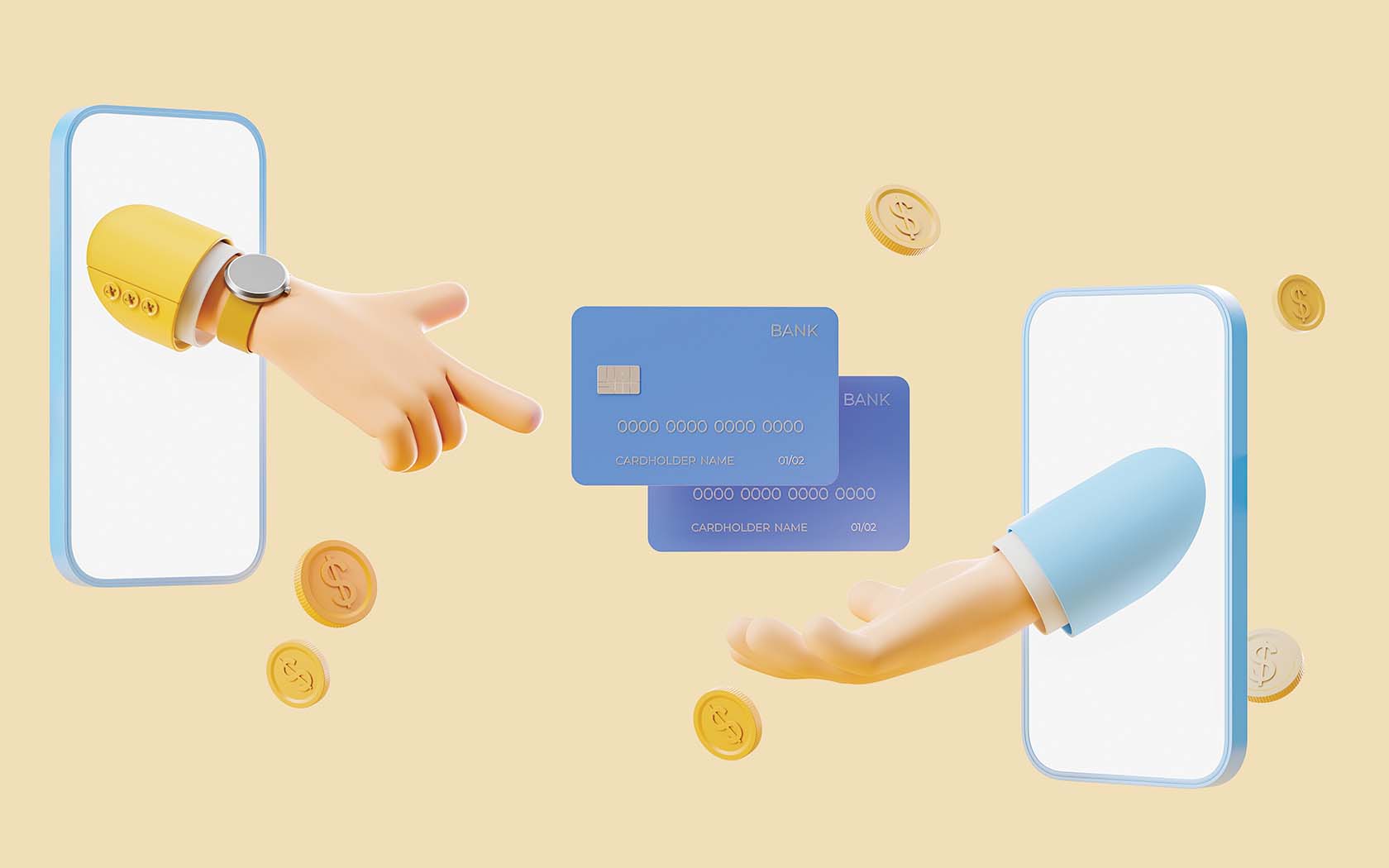Fintech-developed apps that help customers manage their finances are looking to partner with community banks to help them reach new customers and deepen existing relationships.
Could apps improve your customers’ financial health?
February 01, 2021 / By Elizabeth Judd
Fintech-developed apps that help customers manage their finances are looking to partner with community banks to help them reach new customers and deepen existing relationships.
A new generation of fintechs focused on financial wellness say they make saving and managing money fun for consumers, but can they also benefit community banks? According to the fintechs, they can help banks access new customers and build off the buzz they generate through games, rewards and saving.
Quick Stat
5.3
The number of accounts the average consumer has across different
types of financial institutions
Source: Mercator Advisory Group
Community bankers need to understand added value, actionable insights like ApexEdge, which powers apps like Billshark, according to Michael Whitt, head of partnerships at ApexEdge in Miami, which powers Billshark’s subscription and bill management solutions. That’s because adding a tool like Billshark to a bank’s web and mobile offerings can save the average consumer hundreds of dollars annually on service bills just through the renegotiation of rates and plans—and these savings can boost account balances or be earmarked for other financial goals.
Whitt says community banks have plenty of consumer insights but need opportunities “to make these insights actionable.” That’s why he believes that the new crop of financial wellness tools, which do everything from selling affordable pet health insurance to helping millennials meet their microsavings goals, represent a major leap forward.
“Community banks, especially, want to be seen as an advocate for customers,” Whitt says. “And here’s how you do it: You save customers money and then you become, in a way, a hero.”
“We have partnered with some of the best fintechs to help consumers spend, save and protect their money.”—Kathleen Barrett, Radius bank
Take, for instance, $2.3 billion-asset Radius Bank in Boston, which only has one brick-and-mortar branch. The community bank offers its customers several financial wellness tools, such as Billshark, the artificial intelligence-powered insurance provider Lemonade and the savings program Goalkeeper.
“We have partnered with some of the best fintechs to help consumers spend, save and protect their money,” says Kathleen Barrett, the bank’s vice president of marketing, adding that using these apps to understand your finances can become the foundation for a lifetime of better fiscal habits. “When you hit one financial goal … things can really start to build momentum.”
Pandemic-accelerated mobile
The best way to understand mobile financial wellness tools is to look at what they do.
One example is Plinqit, which uses an automated savings mechanism to help millennials and others reach goals, whether that’s adopting a dog or saving for a vacation, says Kathleen Craig, founder and CEO of Ann Arbor, Mich.-based HT Mobile Apps, which created Plinqit. “You set a goal and then the money is automatically transferred into your Plinqit [account],” she adds, noting that 12 financial institutions, including some community banks, were offering Plinqit as of November 2020.
Another example is the app Wallit in Westbrook, Maine, which gives consumers cash back for using their debit cards. It also has a real-time automatic budgeting feature that lets users “get an idea what their everyday spending balance is at a quick glance,” says CEO and founder Mike Vien.
Stephen Wooters, executive vice president at $1.7 billion-asset Fairfield County Bank in Ridgefield, Conn., plans to roll out Wallit in the near future. He likes the idea that Wallit helps consumers, while letting small businesses offer discounts, deals and offers like cash rewards, to attract new customers. By serving both small business and consumer clients, Wallit, he says, contributes to “a nice local ecosystem that drives community growth.”
Interest in online financial wellness tools has grown as the COVID-19 pandemic temporarily restricts access to branches, making it difficult for bankers to provide one-on-one advice. Wooters says that Fairfield County Bank has seen mobile check deposit dollars double year over year, and the “adoption of wellness apps has dramatically accelerated because of COVID.”
Nikhil Lakhanpal, cofounder of Narmi in New York City, whose platform builds enterprise solutions across consumer digital banking, business banking and digital account opening, describes COVID-19 as “a massive disruption to the business model for banks.” Banks with robust technology platforms prior to the pandemic benefited from being early adopters. According to Lakhanpal, banks need to shift their thinking of mobile banking as not just a complement to the physical banking experience, but more as the primary element of the customer experience.
Putting community banks at the center
Financial wellness apps are widely available online for little or no charge, so why should community banks pay fees to offer these apps themselves?
Whitt notes that some community banks charge for fintech-designed tools, considering them a source of revenue, while others offer them free to some or all of their customers. A few tools can even trim operating costs.
For instance, Billshark has a subscription cancellation service that ceases monthly billing for unwanted subscriptions and has the potential to reduce expensive, inbound call volumes to banks disputing charges. Increasingly, Whitt says, customers who are frustrated with recurring monthly fees from subscription services are disputing payments through their banks. Resolving a single dispute, Whitt estimates, costs banks anywhere from $10 and $50 in labor and other expenses.
“By adding ApexEdge’s cancellation button in your user experience, you help solve your customer’s unwanted expenses, free up that money to redirect to other more productive areas, and build an even stronger customer relationship,” he says.
What’s more, some believe that banks should carve out a niche within online financial wellness to retain customers. Craig points out that plenty of Americans use investment apps like Robinhood, but these platforms “are really raising money to disrupt banks,” so, she says, “It’s important that banks offer similar technologies themselves and … not lose market share to these newcomers.”
“The community banks that offer something that’s state of the art and that really put the financial experience first, they’ll win.”—Nikhil Lakhanpal, Narmi
Top of mind
In addition, offering online financial wellness tools is a way for community banks to stake a claim as a consumer’s primary bank. Reports, like a 2019 study from the Mercator Advisory Group, show that the average American has multiple accounts across different types of financial institutions. But it’s a consumer’s primary bank that gets more deposits and sees lower attrition rates, Wooters says. When a consumer downloads a mobile banking app, the vast majority download their primary bank’s app. “If you have the right mobile solutions in place,” he adds, “it becomes a much stickier and deeper relationship.”
Of course, community banks might find it daunting to seek out fintechs, many of which are extremely new on the scene, and then manage the integration themselves. Through AppXchange, Narmi is responding to that challenge by serving as a bridge between community banks and fintechs, Lakhanpal says. Narmi, which is currently working with 20 community banks and other financial institutions, certifies its own fintech partners before they write code for Narmi’s open platform framework.
By leveraging financial wellness tools, community banks can better understand and engage with their cusomers and business. Lakhanpal says consumers want their banks to make savings and investing exciting, a feat that some fintechs have already mastered.
“The community banks that offer something that’s state of the art and that really put the financial experience first, they’ll win,” he says. “They’ll get more customers. They’ll get more deposits. They’ll make more money. Because that’s value. And at the end of the day, customers want value.”
How finance apps can attract young customers
When HT Mobile Apps surveyed younger customers age 25 to 35, it found that 95% did not feel confident that they knew the steps to managing money.
That’s why the Ann Arbor, Mich.-based company built a financial literacy component into Plinqit, its saving app. Through its patented intelligent-content platform, Plinqit pays users anywhere from five to 25 cents for reading articles or watching videos about finance topics and then taking a short quiz.
The Plinqit app is designed to help a younger demographic bypass some predictable pitfalls. “When your checking and savings accounts are linked, it’s just too easy to swoosh the money back into checking on a Friday night when you want to go out with your friends,” says Kathleen Craig, vice president of marketing at HT Mobile Apps, adding that Plinqit walls off savings for user-specified goals so these savings are “out of sight and out of mind.”
Wallit in Westbrook, Maine, is designed to attract the younger, more tech-savvy demographic. “If … young consumers never write a check or balance a checkbook, how will they know what’s safe to spend?” says CEO and founder Mike Vien. His answer is to convert a user’s debit-card transaction history into a “smart balance,” or a set of up-to-the-minute spending parameters based on past purchases, projected expenses and future savings goals.
Because Wallit users get cash back on debit card purchases, they learn to spend wisely. Then they can watch as rewards accrue within their savings and budgeting program.
“If we’re thinking about financial wellness in the next generation,” Vien says, “we need a tool that’s designed to reward [young adults] for their best savings, budgeting and spending behaviors.”
Subscribe now
Sign up for the Independent Banker newsletter to receive twice-monthly emails about new issues and must-read content you might have missed.
Sponsored Content
Featured Webinars
Join ICBA Community
Interested in discussing this and other topics? Network with and learn from your peers with the app designed for community bankers.
Subscribe Today
Sign up for Independent Banker eNews to receive twice-monthly emails that alert you when a new issue drops and highlight must-read content you might have missed.
News Watch Today

Join the Conversation with ICBA Community
ICBA Community is an online platform led by community bankers to foster connections, collaborations, and discussions on industry news, best practices, and regulations, while promoting networking, mentorship, and member feedback to guide future initiatives.












